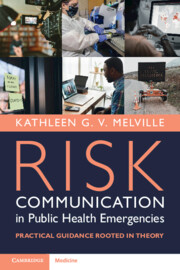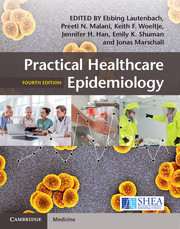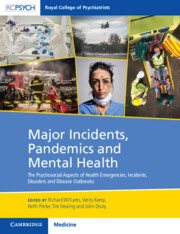Risk Communication in Public Health Emergencies
This book clearly explains how public health officials plan, deliver, and evaluate crisis and emergency risk communication before, during, and after health emergencies. Organized into four parts - precrisis planning, communicating during a health emergency, communicating and evaluating after a health emergency, and crisis leadership - it offers practical information as well as the opportunity to reflect on emergency risk communication best practices and theories. Including information on precrisis planning, implications of public health law, developing communication plans, writing messages, evaluating emergency risk communication, and crisis leadership, this book brings together theory and practical application to provide working professionals with evidence-based research and practical knowledge to effectively communicate during health emergencies. Case studies of emergencies such as COVID-19, Zika, Ebola, Mpox, and water crises all use the US Centers for Disease Control and Prevention's Crisis and Emergency Risk Communication framework to analyze how health officials provided accurate and actionable health information to the public.
- Offers an inner look at how health and medical practitioners plan for, and implement, emergency risk communication
- Provides an opportunity to consider the text and reflect on how it applies to practice, using though-provoking inquiry questions for the reader
- Written by an expert who has worked in local, state and federal public health who is able to convey information in a readable and relatable way
- Provides theoretical knowledge and experiential knowledge that public health practitioners can apply to issues they may face. 'Lessons learned' provide real-world insights grounded in theory
- Highly applicable for Masters of Public Health students
Reviews & endorsements
'Dr. Melville offers a timely and very thought-provoking book. Reflecting on the COVID-19 pandemic, it is easy to acknowledge the important role of crisis and emergency risk communication. The book is well written, and the case studies portray easily relatable examples for most professionals responsible for communications or who are positioned on the periphery of the communications functions. The skills to be gained in these pages will strengthen our collective ability to respond efficiently, effectively, and cohesively to health security challenges during the next pandemic or during the next disaster in your area of responsibility.' Stephen Murphy, Ph.D., MPH, MBA, Program Director - MS in Health Security, and Director of the Region 6 Center for Health Security and Response Readiness at Tulane University C. S. Weatherhead School of Public Health and Tropical Medicine
Product details
June 2025Paperback
9781009449038
341 pages
234 × 156 mm
Not yet published - available from June 2025
Table of Contents
- 1. Why you need to care about emergency risk communication
- Part I. Precrisis Planning
- 2. Precrisis planning is necessary for public information and emergency communications: Leveraging what you've got
- 3. Identifying who needs to know what and when: It's not a surprise what your audiences need to know
- 4. Addressing the information needs of the public and medical community during a public health emergency
- 5. How to get the message out: Understanding all of your communication channels and when to use them
- Part II. Communicating during a Health Emergency
- 6. Initial messages during a health emergency: addressing uncertainty and creating trust with the public
- 7 Maintenance messages during a health emergency: How to protect the public's health and debunking misinformation
- 8. Communicating during long public health emergencies: Creating health communication campaigns
- Part III. Communicating and Planning after a Health Emergency
- 9. Pivoting from crisis management to recovery: Communicating the end of a health emergency
- 10. Evaluating emergency risk communication and engaging in public education for the next emergency
- Part IV. Crisis Leadership
- 11. Effective communication during a health emergency: The role of the spokesperson and working with the media
- 12. Crisis leadership: Staying steady on unsteady ground
- Index.










